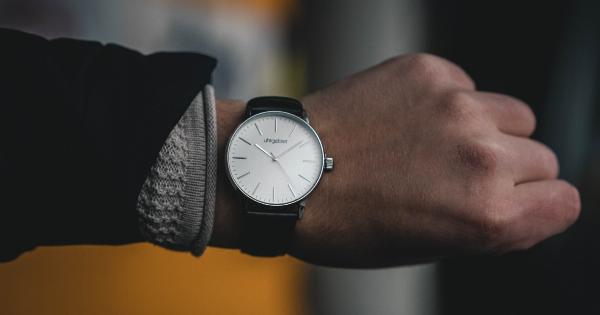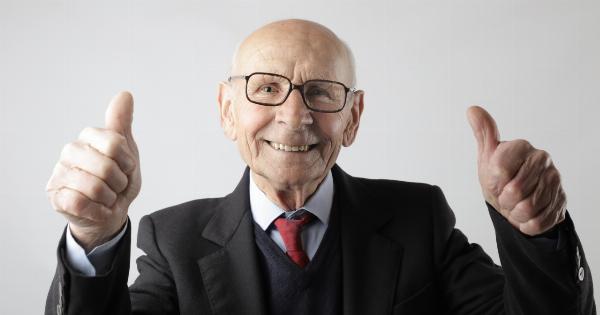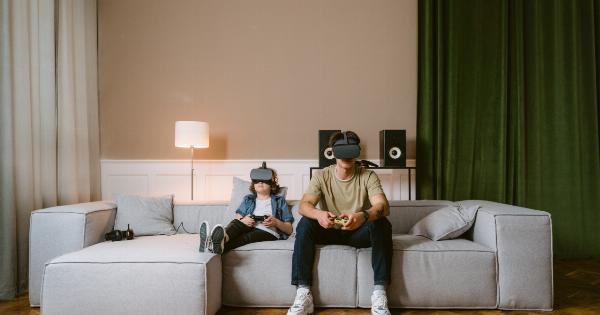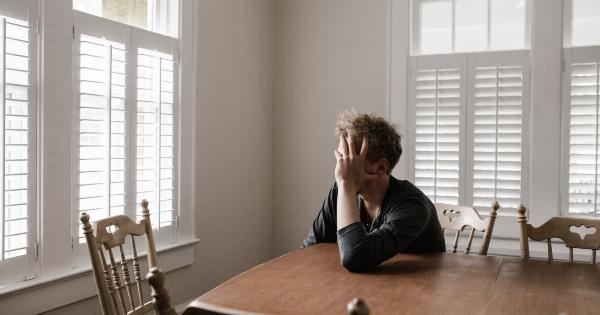Sleep plays a crucial role in adolescent development as it affects physical growth, cognitive abilities, and emotional well-being. However, in today’s digital age, the excessive use of social media among adolescents has become a growing concern.
With the prevalence of smartphones and the constant access to online platforms, the impact of social media on adolescent sleep patterns has garnered significant attention. This article explores the connection between adolescent sleep and social media use, highlighting the potential consequences and offering suggestions for healthier technology habits.
The Effects of Social Media on Adolescent Sleep
Adolescents are particularly vulnerable to the negative effects of excessive social media use on their sleep quality and quantity.
The temptation to stay connected and engage in online social interactions often leads to delayed bedtimes, shorter sleep durations, and disrupted sleep patterns. The blue light emitted by electronic devices, such as smartphones and tablets, interferes with the production of melatonin, a hormone essential for regulating the sleep-wake cycle.
Additionally, the emotionally stimulating nature of social media content, combined with the fear of missing out on updates or social events, can contribute to increased anxiety and stress levels, further compromising the ability to fall asleep.
Adolescents may find themselves endlessly scrolling through their social media feeds late into the night, unable to detach from the virtual world and transition into a restful sleep.
The Impact on Academic Performance
The sleep-deprived state resulting from excessive social media use has detrimental effects on adolescents’ academic performance.
Numerous studies have shown a strong correlation between inadequate sleep and reduced cognitive functioning, impairing attention, concentration, memory, and problem-solving abilities. Furthermore, sleep deprivation can lead to decreased motivation and increased irritability, making it challenging for adolescents to fully engage in their academic pursuits.
Social media can also be a major source of distraction during study time. The constant notifications, alerts, and the urge to constantly check for updates create an environment filled with potential interruptions.
This constant divided attention significantly hinders information retention and impairs the ability to focus on complex tasks. Consequently, the excessive use of social media not only disrupts sleep but also directly undermines academic success.
The Psychological and Emotional Consequences
Adolescence is a critical period for mental and emotional development, and the impact of social media on psychological well-being cannot be overlooked.
Excessive exposure to social media platforms can lead to negative self-comparisons, feelings of inadequacy, and increased vulnerability to cyberbullying. These experiences can result in anxiety, depression, and low self-esteem, all of which can contribute to sleep disturbances.
Moreover, social media can perpetuate a constant need for external validation and approval.
Adolescents often seek social acceptance and popularity online, investing significant time and effort into cultivating and maintaining a positive digital persona. This pressure to project a carefully curated image can heighten stress and further disrupt sleep patterns as adolescents obsess over their online presence and seek validation through social media interactions.
Strategies for Healthier Technology Habits
Recognizing the potential drawbacks of excessive social media use, it is important to establish healthier technology habits and promote better sleep hygiene among adolescents:.
1. Set boundaries: Encourage adolescents to establish designated technology-free periods, such as an hour before bedtime, to help wind down and prepare for sleep.
2. Create a sleep-friendly environment: Eliminate electronic devices from the bedroom to reduce the temptation for late-night browsing. Establish a calming atmosphere conducive to sleep.
3. Promote alternative activities: Encourage adolescents to engage in offline hobbies and activities that promote relaxation and restful sleep, such as reading a book or practicing mindfulness.
4. Educate about healthy social media use: Teach adolescents about the potential pitfalls of excessive social media engagement and the importance of maintaining a balance between online and offline interactions.
5. Encourage open communication: Foster open discussions about the impact of social media on sleep and mental well-being. Provide a supportive environment for adolescents to express their concerns and seek guidance.
6. Be a positive role model: As adults, it is important to exhibit healthy technology use habits ourselves. By modeling responsible and balanced technology practices, we can influence adolescents to do the same.
7. Utilize parental controls: Make use of available parental control settings on devices to limit excessive screen time and ensure adolescents are not using social media late at night.
8. Prioritize sleep: Help adolescents understand the significance of sleep for their overall well-being and success. Encourage them to prioritize sleep by establishing consistent bedtimes and waking times.
9. Raise awareness in schools: Schools can incorporate sleep education initiatives and provide resources to both students and parents to raise awareness about the importance of healthy sleep habits.
10. Encourage physical activity: Regular exercise during the day promotes better sleep quality. Encourage adolescents to engage in physical activities that can help regulate their sleep patterns.































